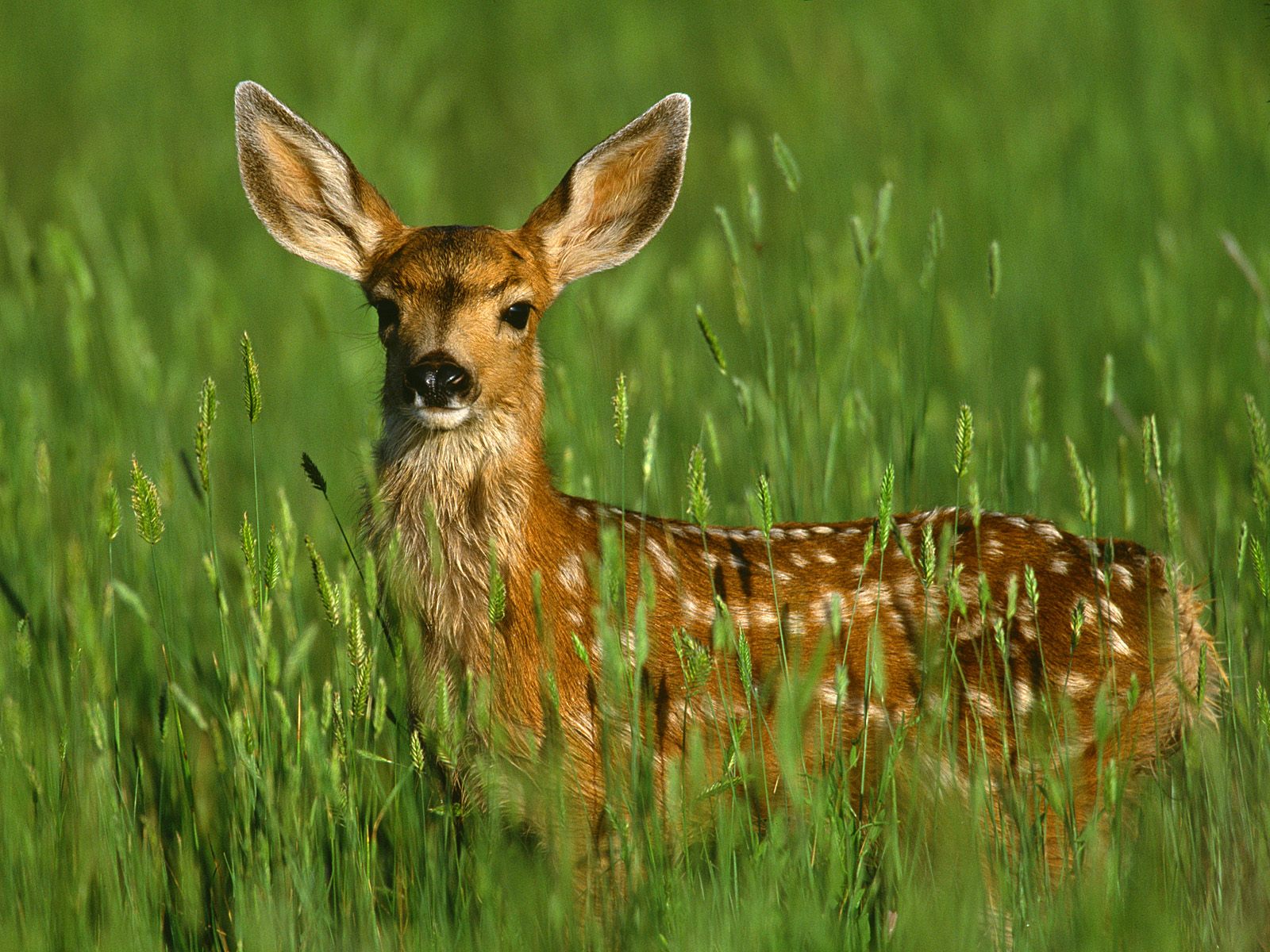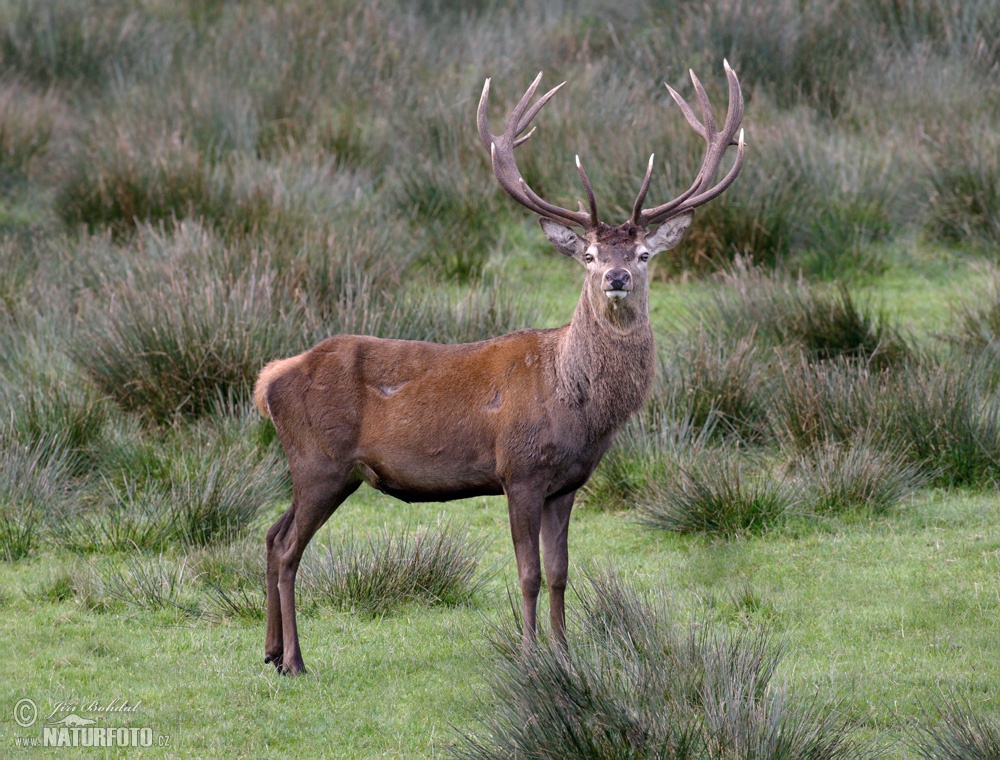
The Fascinating World of Deer

Deer, known for their elegance and grace, are fascinating creatures that inhabit various regions across the globe. These majestic animals belong to the family Cervidae and are found in diverse habitats ranging from forests and meadows to mountains and grasslands. With their unique characteristics and intriguing behavior, deer have captured the attention of wildlife enthusiasts and nature lovers alike.
Physical Attributes of Deer

Deer exhibit a wide range of physical attributes that enable them to thrive in their respective environments. They are known for their slender bodies, long legs, and nimble movements, which allow them to navigate through dense vegetation effortlessly. Additionally, deer possess antlers, which are exclusive to males and serve various purposes such as combat, dominance, and attracting mates.
Diversity of Deer Species
The world is home to numerous deer species, each with its distinct characteristics and adaptations. Some well-known species include the majestic Red Deer, the agile Fallow Deer, and the elusive Roe Deer. Other notable species include the White-Tailed Deer, Moose, and Elk. Each species has unique traits that contribute to the overall biodiversity of our planet.
Habitat and Distribution

Deer inhabit a wide range of habitats, spanning across various continents. They can be found in North and South America, Europe, Asia, and Africa. These adaptable creatures have managed to thrive in different environments, such as forests, grasslands, tundra, and even deserts. Their ability to adapt to diverse habitats is a testament to their resilience and survival skills.
Feeding Habits of Deer

Deer are herbivores, primarily feeding on vegetation such as grass, leaves, shoots, and fruits. Depending on the species and availability of food, their diets may vary. Some deer species, like the Moose, have a specialized diet that includes aquatic plants. The ability to efficiently utilize plant resources contributes to the crucial role deer play in maintaining the balance of ecosystems.
Behavior and Social Structure

Deer exhibit intriguing behaviors and possess a hierarchical social structure. Males, also known as bucks, engage in fierce battles during the mating season to establish dominance and secure mates. Female deer, known as does, form smaller groups with their offspring. They communicate through a variety of vocalizations, body language, and scent marking, ensuring effective coordination within their social units.
Reproduction and Life Cycle

Deer reproduce through sexual reproduction, and their mating rituals are a captivating sight to behold. The mating season, also called the rut, involves elaborate displays of dominance by males, who compete for the attention of females. After successful mating, female deer undergo a gestation period of several months, varying across species. The birth of fawns marks the beginning of a new generation of these marvelous creatures.
Predators and Conservation
Deer face various natural predators such as wolves, big cats, and bears, which play a vital role in controlling their populations and maintaining ecological balance. However, human activities, habitat loss, and illegal hunting pose significant threats to deer populations worldwide. Conservation efforts, including protected areas and wildlife management, are crucial for ensuring the survival of these magnificent creatures for generations to come.
Conclusion
Deer, with their elegance, adaptability, and unique characteristics, continue to mesmerize us. Their presence in the wild enriches our ecosystems and reminds us of the importance of biodiversity conservation. By appreciating and understanding these majestic creatures, we can contribute to their preservation and ensure that future generations can also witness the beauty of deer roaming freely in the wilderness.